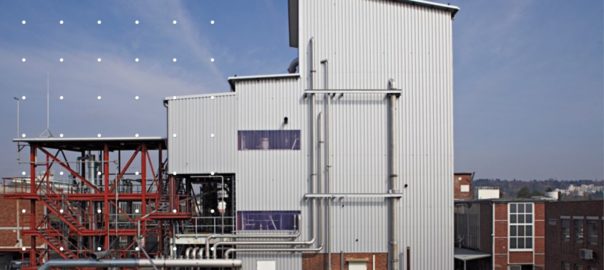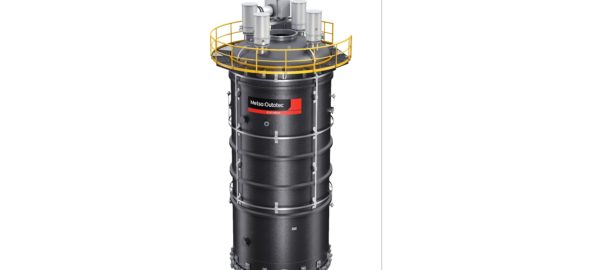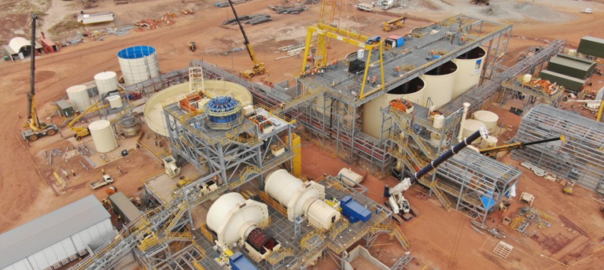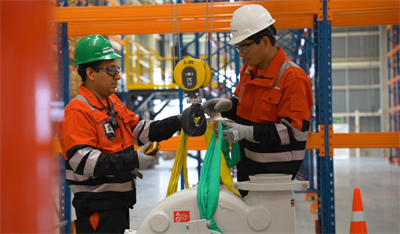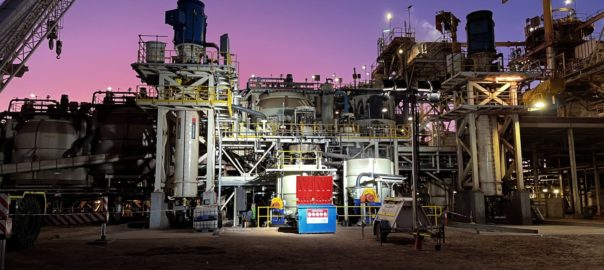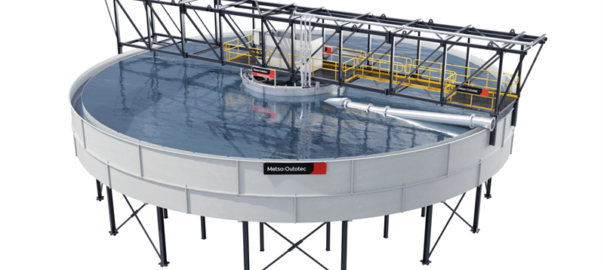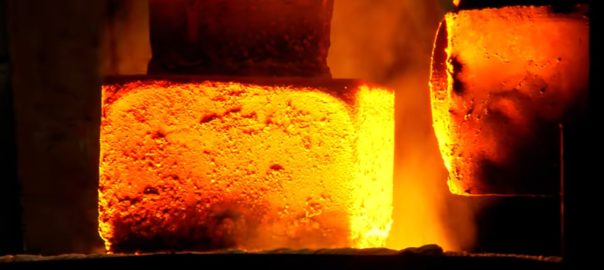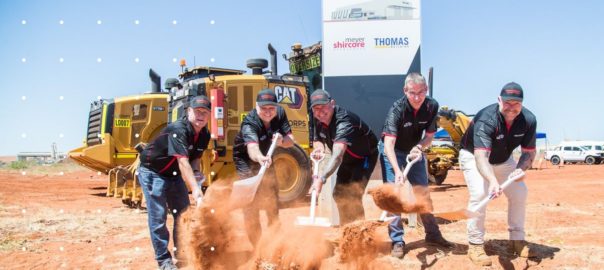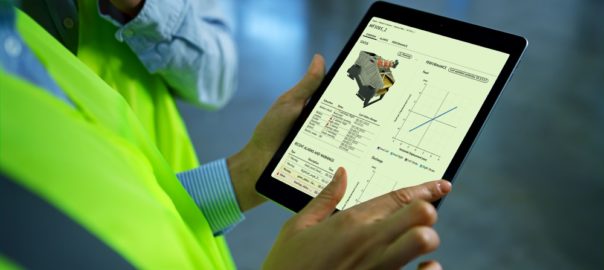Metso Outotec says it will convert its existing 700 mm circulating fluidised bed (CFB) pilot plant in Frankfurt, Germany, for hydrogen-based direct reduction of fine ore as it looks to further drive down carbon emissions associated with the iron-making part of steel production.
The company will apply its Planet Positive Circored™ technology as part of this process, with the pilot plant able able to be used for the reduction of high-grade iron fines concentrate and to confirm the design basis for an industrial-scale Circored plant.
Commissioning of the plant is expected to take place by December 2023.
Parizat Pandey, Director, Direct Reduced Iron (DRI) at Metso Outotec, said: “The investment enables us to pilot the reduction of low-grade iron concentrate fines in larger quantities than what we do today, and, subsequently, perform downstream fines DRI electric smelting tests for hot metal production.
“The Circored processing route used in the process offers the lowest possible carbon footprint in the iron-making segment of an integrated steel plant.”
Once operational, the 700 mm pilot plant will be able to continuously produce 150-200 kg/h of direct reduced iron, using 100% hydrogen as the sole reducing agent, Metso Outotec claims. The pilot plant will have an integrated pre-heating and reduction section, followed by a gas cleaning and recirculation facility.
The investment includes installation of electric heaters in the process, making it an almost zero-carbon-emission plant, according to the company. Further, the data obtained from the use of electric heaters will be used to scale up the design of industrial heaters capable to running on renewable energy.
The Circored process is based on the fluidised bed knowledge and experience developed and applied by Metso Outotec over decades in hundreds of plants for different applications. The process applies a two-stage reactor configuration with a CFB followed by a bubbling fluidised bed downstream. The typical plant capacity is 1.25 Mt/y per line. Two or more lines can be combined using joint facilities and utility areas. In standalone plants, the produced DRI is briquetted to hot briquetted iron to enable further handling and safe transport.
If a Circored plant is integrated into an existing steelmaking facility, energy efficiency can be further increased by direct hot feeding of the DRI to an electric arc furnace, according to Metso Outotec.







